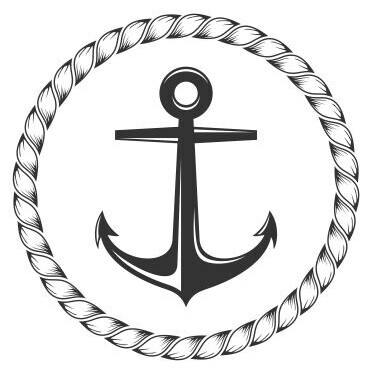Tagged: class notations, hull, machinery
- This topic has 0 replies, 1 voice, and was last updated 2 years, 7 months ago by
icedcappucino.
-
AuthorPosts
-
28/08/2022 at 13:15 #14284
1. List some of the different class notations and their significance. Give an example combining at least five different class notations (Hull) and explain the meaning. (Use Lloyd’s Register of Shipping notations)
A ship’s class is denoted by hull & machinery ‘class notations’. Classification societies may use different systems of notation.
For Lloyd’s Register of Shipping (LR) a hull notation:
+ 100 A 1 Double Hull Oil Tanker, ESP, *IWS, LI+ (actually a Maltese cross) = Hull constructed under LR special survey
100 = suitable for sea-going service
A = accepted into LR class & maintained in good/efficient condition
1 = has good/efficient anchoring & mooring equipment
Double Hull Oil Tanker = structure designed/constructed in accordance with LR rules for double hull oil tankers – ‘a ship type & cargo notation’
ESP = she is subject to an Enhanced Survey Program
* IWS = applicable LR requirements for in-water survey are complied with
LI = approved loading instrument installed as a LR requirement2. Explain the meaning of the following (LRS) notations-
+ 100A1
+ 100A1 Oil Tanker Baltic Service F P 60 degs C and above in No 4 tanks Ice Class 2
+ LMC
UMS
IGS
Lloyd’s RMC
Class 1+ 100A1:
+ (actually a Maltese cross) = Hull constructed under LR special survey
100 = suitable for sea-going service
A = accepted into LR class & maintained in good/efficient condition
1 = has good/efficient anchoring & mooring equipment+ 100A1 Oil Tanker Baltic Service F P 60 degs C and above in No 4 tanks Ice Class 2:
+ (actually a Maltese cross) = Hull constructed under LR special survey
100 = suitable for sea-going service
A = accepted into LR class & maintained in good/efficient condition
1 = has good/efficient anchoring & mooring equipment
Oil Tanker = structure designed/constructed in accordance with LR rules for single hull oil tankers
Baltic Service = the vessel can be operated only within Baltic Sea.
F P 60 degs C = The vessel is constructed for the carriage of oil having a flash point not exceeding 60° C (closed cup test)
Above in No 4 tanks Ice Class 2: The vessel complies with Ice class 2 as specified in the LR regulation up No. 4 tanks from forward and can be operated within first year ice up to 0.6 m thickness.
+ LMC (actually a Maltese cross) = propelling & essential auxiliary machinery constructed, installed & tested under LR special survey
UMS = when ship can be operated with machinery space attended & control engineering equipment is arranged, installed & tested as per LR rules
ICC = when control/supervision of ship’s operational functions are computer-based & control engineering equipment is arranged, installed &tested as per LR rules
IGS = Inert gas system installed & tested under LR rules and regulation
Lloyd’s RMC = Vessel with a refrigerated cargo installation constructed , installed and tested under LR special survey in accordance with its rules and regulations -
AuthorPosts
- You must be logged in to reply to this topic.
